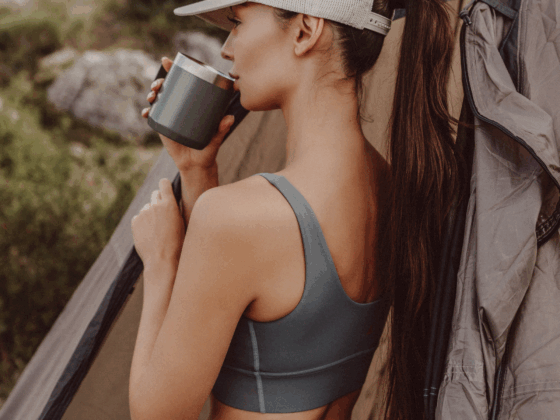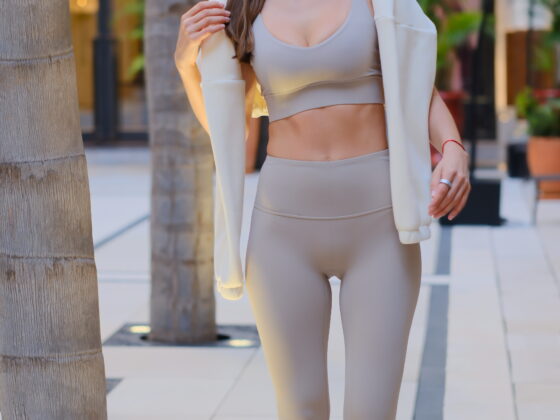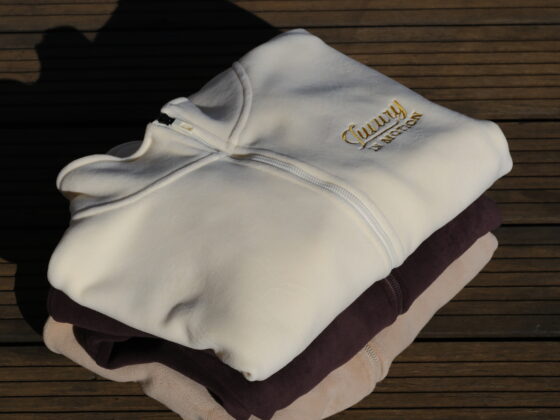Women on the go face shifting temperatures in airports and urban destinations; they can optimize comfort and appearance with strategic layering of activewear. This guide offers tips for layering activewear while traveling, from moisture-wicking base pieces to packable outerwear.
Plan your layering strategy
Frequent travelers often underestimate how rapidly climates can change. A clear plan reduces bulk and adapts to both warm terminals and cooler city streets.
- Assess destination climate, noting daytime highs and evening lows.
- Review your itinerary, including flight times and expected layovers.
- Set a target weight limit to keep luggage under control.
“I recommend mapping out daily highs and lows to avoid overpacking,” said Emily Parker, founder of Jet Set Style. Planning early ensures each piece earns its place.
Choose a functional base layer
A reliable base layer manages moisture and regulates temperature close to the skin. Women in their 30s and 40s will value fabrics that balance comfort with performance.
Fabric considerations
- Look for moisture-wicking polyester or nylon blends.
- Seek antimicrobial finishes to minimize odor on multi-day trips.
- Opt for quick-dry knits that handle sweat without clinging.
Fit and comfort
- Choose a slim fit that allows a full range of motion.
- Avoid logos or seams that may irritate during long flights.
- Prioritize neutral shades to pair easily with midlayers.
“A snug, breathable base layer can wick away sweat and maintain a stable core temperature,” said Lara Chen, a travel stylist based in New York.
Add supportive midlayers
Strategic midlayers provide insulation without bulk. Layers in this category transition effortlessly from warm terminals to cooler streets, creating a Haute, warm-to-cool ensemble.
| Layer | Warmth | Packability | Style note |
|---|---|---|---|
| Lightweight fleece | Medium | High | Coordinates with joggers |
| Merino wool sweater | High | Medium | Elevates athleisure looks |
| Jersey cardigan | Low | Very high | Ties at waist for shape |
“A lightweight fleece offers insulation without bulk, making it ideal for transit days,” Chen added. Mix textures to maintain a polished silhouette.
Incorporate protective outerwear
An outer shell shields against wind, rain, or sudden temperature drops. Choose one based on forecast and personal style:
- Pack a water-resistant windbreaker for light showers.
- Select a compressible down vest for sub-60°F weather.
- Consider a packable trench coat for city-chic appeal.
Tip: Look for adjustable hoods and cuffs to trap warmth where needed.
Select versatile accessories
Small items can transform an activewear base into a travel-ready outfit. Accessories serve both function and fashion:
- Scarves or wraps in merino or cashmere add elegance.
- Crossbody belts or pouches secure essentials hands-free.
- Foldable ballet flats or slip-on sneakers adapt to venues.
- Compression socks improve circulation on long flights.
A bold scarf can act as both a head wrap and a shoulder cover in cooler lounges.
Transition from airport to city
Efficient layer management keeps you looking fresh upon arrival. Use these steps to switch from travel mode to street style:
- Swap bulky sneakers for sleek, slip-on shoes.
- Remove bulkier midlayers and drape them over a tote or loop around shoulders.
- Add a statement top or a lightweight blazer for polished flair.
- Repack removed items into a bottom compartment or compression cube.
A quick scarf twist or a belt adjustment signals confidence at baggage claim.
Pack and organize effectively
Smart packing reduces stress at security and saves space. Organize layers with these tools:
- Compression cubes group items by type and compress volume.
- Shoe bags keep sneakers separate from garments.
- Packing folders maintain wrinkle-free sweaters and scarves.
- A lightweight tote stores removed layers during transit.
Label cubes by layer type to grab the right pieces at a glance. A clear system means less rummaging and more room for souvenirs.





